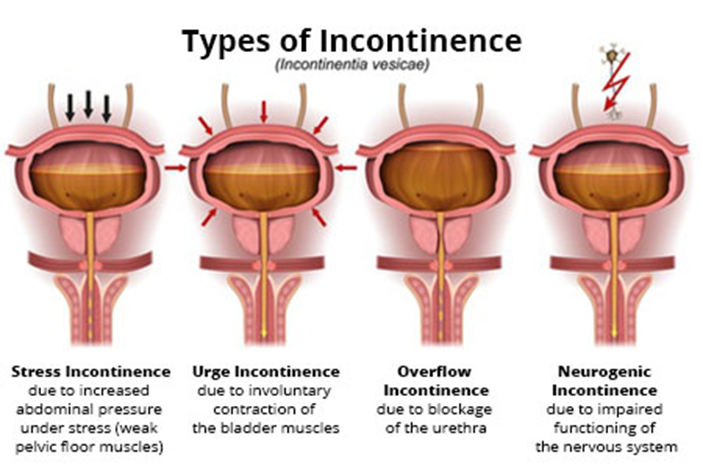After teaching a woman who has had an evacuation for gestational trophoblastic disease (hydatidiform mole or molar pregnancy) about her condition, which statement indicates that the nurse's teaching was successful?
"I won't use my birth control pills for at least a year or two."
"I will be sure to avoid getting pregnant for at least 1 year."
"My blood pressure will continue to be increased for about 6 more months."
"My intake of iron will have to be closely monitored for 6 months."
The Correct Answer is B
A. "I won't use my birth control pills for at least a year or two." - This statement does not accurately reflect the teaching provided. After treatment for gestational trophoblastic disease, it is important for the woman to avoid pregnancy for a specified period of time to allow for monitoring and to reduce the risk of complications. However, the use of birth control pills is typically recommended to prevent pregnancy during this period.
B. "I will be sure to avoid getting pregnant for at least 1 year." - This statement demonstrates understanding of the teaching. After treatment for gestational trophoblastic disease, healthcare providers typically recommend avoiding pregnancy for at least one year. This allows for monitoring of hCG levels to ensure they return to normal and to reduce the risk of recurrence.
C. "My blood pressure will continue to be increased for about 6 more months." - This statement is not related to the teaching about gestational trophoblastic disease. Blood pressure may be affected during pregnancy, but it is not a specific concern related to treatment for gestational trophoblastic disease.
D. "My intake of iron will have to be closely monitored for 6 months." - This statement is not directly related to the teaching about gestational trophoblastic disease. While monitoring of iron levels may be important for overall health, it is not a specific recommendation related to treatment for this condition.
Nursing Test Bank
Naxlex Comprehensive Predictor Exams
Related Questions
Correct Answer is D
Explanation
A. Developing most often in women in their 30s:
Stress incontinence can affect women of various ages, not specifically those in their 30s. While childbirth and hormonal changes associated with aging can increase the risk of stress incontinence, it is not limited to any particular age group.
B. Feeling a strong need to void:
This characteristic is more indicative of urgency incontinence, also known as overactive bladder (OAB), where there is a sudden, strong urge to urinate that is difficult to control. It is different from stress incontinence, which is triggered by physical movements or activities that increase pressure on the bladder.
C. Passing a large amount of urine:
This choice does not specifically describe a characteristic of stress incontinence. Stress incontinence involves the leakage of small amounts of urine during activities such as coughing, sneezing, laughing, or exercising, rather than the passage of a large amount of urine at once.
D. Sneezing as an initiating stimulus:
This is the correct characteristic of stress incontinence. Stress incontinence is characterized by the leakage of urine during physical activities or movements that increase intra-abdominal pressure, such as coughing, sneezing, laughing, lifting, or exercising. Sneezing is a common initiating stimulus for stress incontinence episodes.

Correct Answer is C
Explanation
A. Ipratropium:
Ipratropium is an anticholinergic bronchodilator used to relieve bronchospasm associated with asthma and chronic obstructive pulmonary disease (COPD). It works by relaxing the muscles around the airways to improve breathing. In pregnant women with asthma, ipratropium is generally considered safe for use when the benefits of controlling asthma symptoms outweigh the potential risks to the fetus. It is minimally absorbed systemically, reducing the risk of systemic side effects for both the mother and the fetus.
B. Albuterol:
Albuterol is a short-acting beta agonist (SABA) commonly used as a rescue inhaler for acute asthma symptoms. It works by relaxing the muscles in the airways, making it easier to breathe. Albuterol is considered safe for use during pregnancy, and it is often recommended as needed to relieve bronchospasm in pregnant women with asthma. Controlling asthma symptoms with albuterol can help improve maternal oxygenation and prevent complications associated with poorly controlled asthma during pregnancy.
C. Salmeterol:
Salmeterol is a long-acting beta agonist (LABA) used for the long-term control of asthma symptoms. It works similarly to albuterol but has a longer duration of action. Salmeterol is generally not recommended as the sole therapy for asthma during pregnancy due to limited safety data. While animal studies have shown adverse effects on fetal development, there are no adequate and well-controlled studies in pregnant women. Therefore, the risks versus benefits of using salmeterol during pregnancy should be carefully considered, and alternative treatments may be preferred.
D. Prednisone:
Prednisone is a corticosteroid medication used to reduce inflammation and suppress immune responses in conditions such as asthma. It is often prescribed to manage asthma exacerbations during pregnancy. While corticosteroids are generally considered safe for short-term use during pregnancy to control asthma symptoms, they may have risks associated with long-term or high-dose use, especially if used during the first trimester. Potential risks include fetal growth restriction and cleft palate. However, the benefits of controlling asthma symptoms and preventing exacerbations often outweigh the potential risks of corticosteroid use during pregnancy. Therefore, prednisone may be prescribed judiciously during pregnancy, and the dose should be tailored to the individual's needs while considering potential risks to the fetus.
Whether you are a student looking to ace your exams or a practicing nurse seeking to enhance your expertise , our nursing education contents will empower you with the confidence and competence to make a difference in the lives of patients and become a respected leader in the healthcare field.
Visit Naxlex, invest in your future and unlock endless possibilities with our unparalleled nursing education contents today
Report Wrong Answer on the Current Question
Do you disagree with the answer? If yes, what is your expected answer? Explain.
Kindly be descriptive with the issue you are facing.
